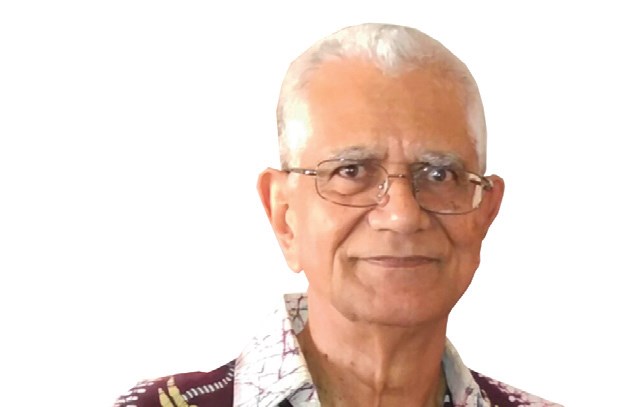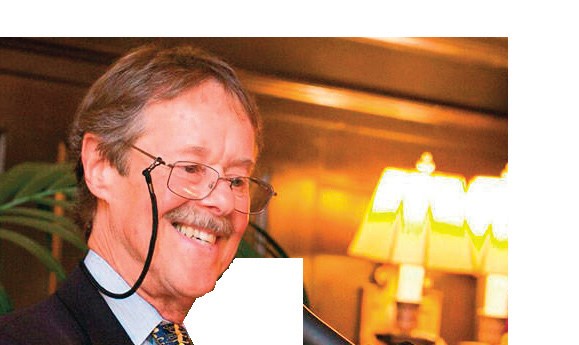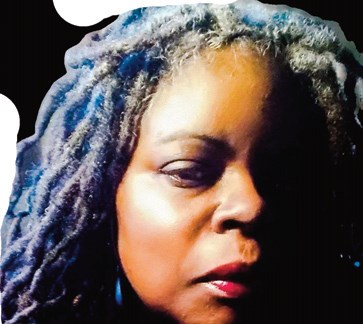 I was probably born listening to jazz music. It was the dominant sounds of my Harlem upbringing. Its roots of work songs, blues and gospel were ever eminent and the saxophone riffs and trumpet wails of be-bop and the always present shout wafted with collard greens, fried fish and chicken and apple cobbler cooking.
I was probably born listening to jazz music. It was the dominant sounds of my Harlem upbringing. Its roots of work songs, blues and gospel were ever eminent and the saxophone riffs and trumpet wails of be-bop and the always present shout wafted with collard greens, fried fish and chicken and apple cobbler cooking.
So kids grew up understanding that being smooth, being cool in dress, speech and manner came with the sounds and smells. We knew it as our culture. They came to Harlem from all over the country and out of them sprang Pops, Bird, Dizzy, Monk, Prez and on and on. And the big bands, small groups and great male and female jazz singers took the music, our African-American creation, and spread it over Planet Earth.
Fort Lauderdale, where I now live, is a premier destination for tourism, boating and business. It boasts beaches, entertainment, good restaurants and shopping. The predominant music enjoyed is country-and-western and rock-and-roll. Jazz- lovers go to Blue Jean Blues, which is an intimate club a block from the beach in up-scale Lauderdale-By-The-Sea. Most club patrons are upscale over-40 whites, with a sprinkling of blacks.
Many jazz musicians in South Florida are white and have played with top black musicians around the world. Some also teach jazz music at local colleges and universities. Blue Jean Blues always has the best musicians around, white and black. I have never witnessed a public instance where a white jazz musician does not credit a black songwriter or stylist whose work he or she plays.
Jazz music can be found in other predominately white venues along Florida’s Gold Coast. For years, a wealthy white church in Coral Gables was internationally known for bringing in world-renowned jazz artists for concerts at the church. Many white people love jazz and are the music genre’s important collectors.
Thankfully, from what is happening at Dillard High School in black Fort Lauderdale, with its national award-winning teenage jazz ensemble and a feeder jazz program at mostly black Parkway Middle School, and like efforts elsewhere, there is hope for our continued inclusion in jazz music. What an anomaly, fear of African Americans turning away from a music genre created by our black forbears.
Do blacks let jazz music fade in a way that black family and community life has faded? The only growth institution in black communities is the church. As blacks become more poor and desperate, new churches pop up. Church is a profitable business in the black community. Church folks’ attention is focused on scripture, tithing and preacher-man. There is scant focus on or recognition of black culture.
Since its coming, jazz music had no other outlet save saloons and dancehalls where liquor was served and good times were had. Blues sprang from pain and jazz from hope eternal and they intertwine in a way like tears and laughter, something just about everybody can feel.
So jazz became mainly untouchable, immoral — like Eve biting the apple — if you partake, yet loosely tolerated as long as folks made church Sunday morning and tithed. Recordings brought jazz into homes and the genre prospered then later mixed with rhythm-and-blues in popularity. But America’s enormous numbers of 30-something’s down to pre-teen tweens and changes such as the Internet have loudly proclaimed rap and rhythm-and-blues as their music.
Far too many don’t even know what jazz is; they just don’t hear it. It’s a shame, though, because blacks in these age groups are estranged from this aspect of their culture.
Now we have an additional problem of a historical misnomer in that rhythm-and-blues is being referred to as jazz music. Miami Gardens is basically a black city with substantial poverty and crime. In March, black city leaders will produce their eight annual “Jazz In The Gardens” two-day music affair. Except for at least two jazz acts, all other entertainment will be rhythm-and-blues.
Jazz music cannot fade unless blacks find ways to help it do so.
Al Calloway is a longtime journalist who began his career with the Atlanta Inquirer during the early 1960s civil rights struggle. He may be reached at Al_Calloway@verizon.net












No Comment